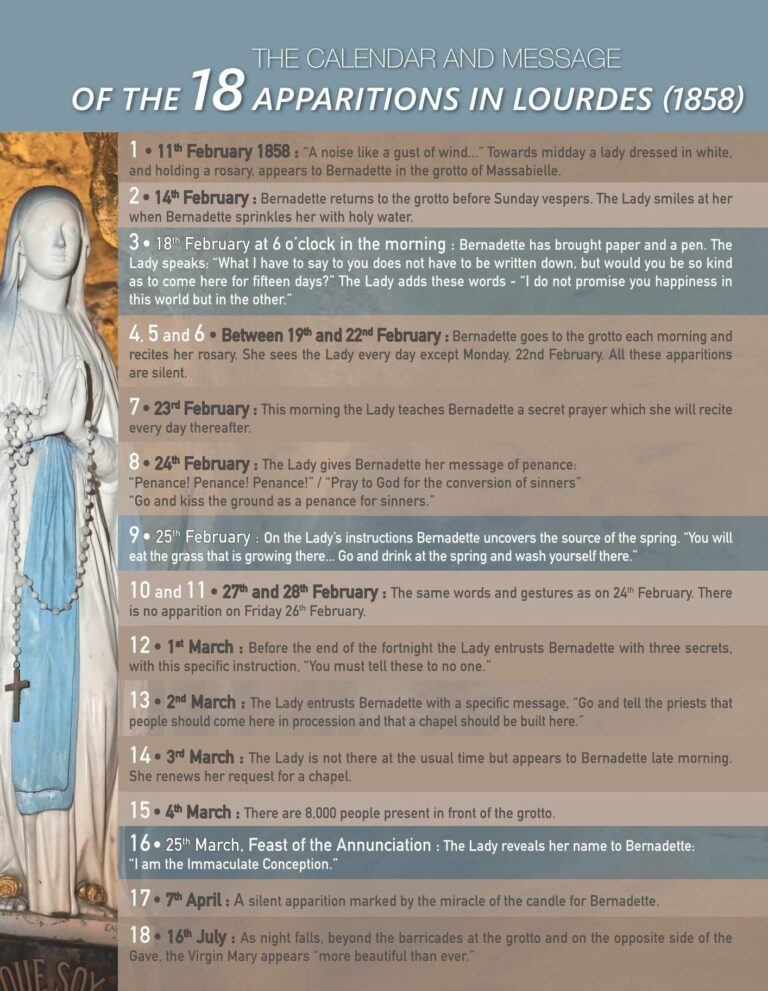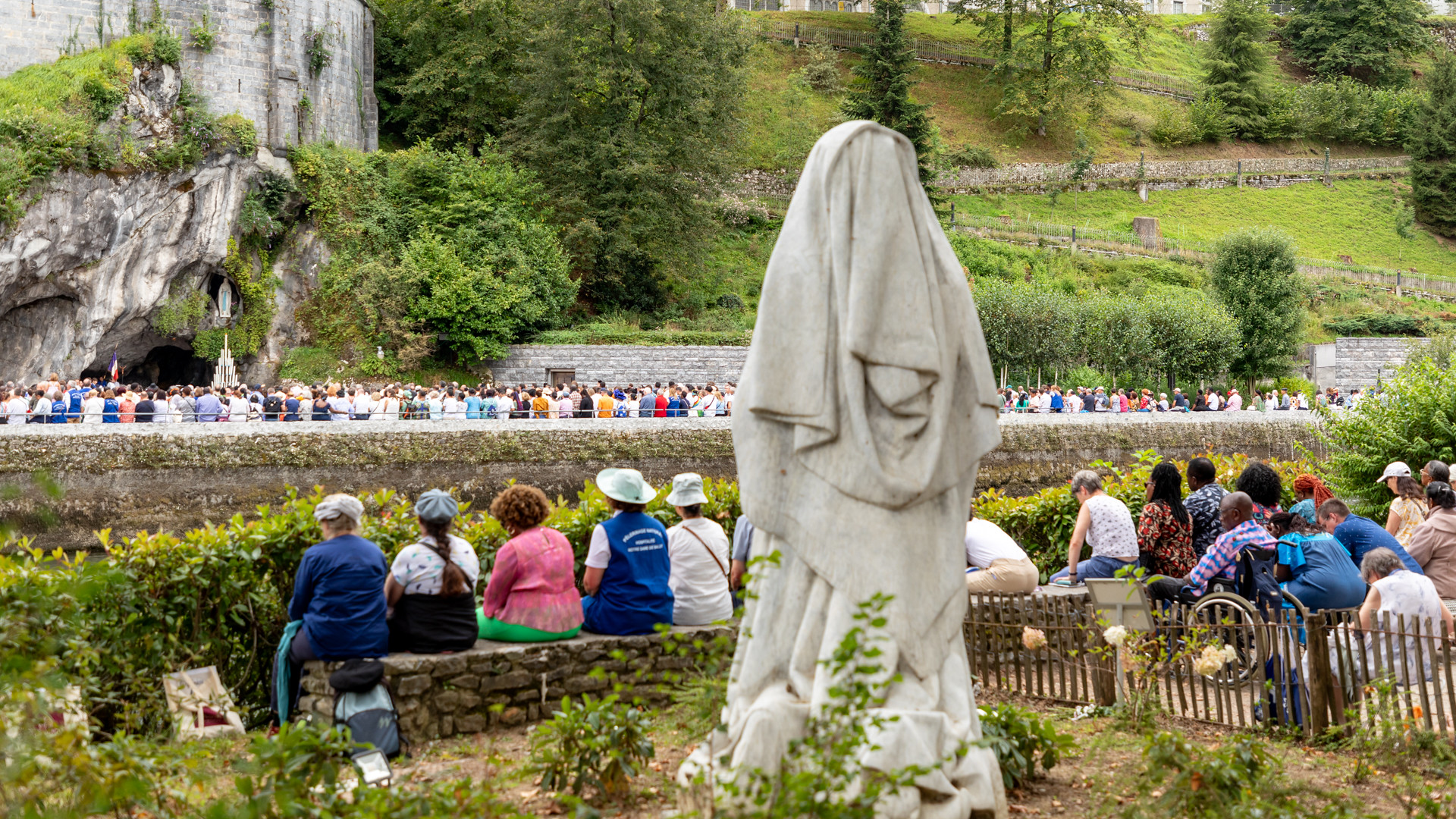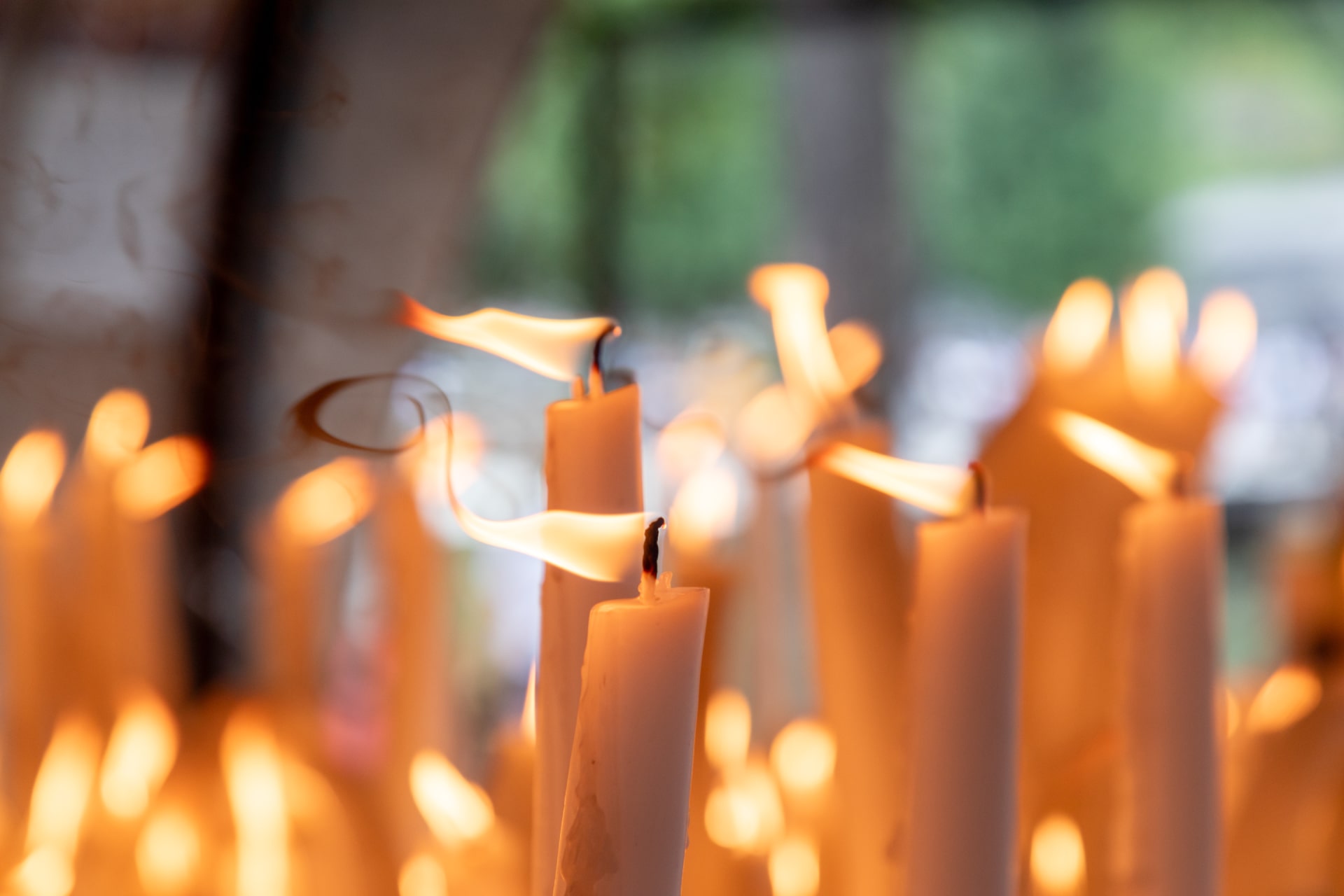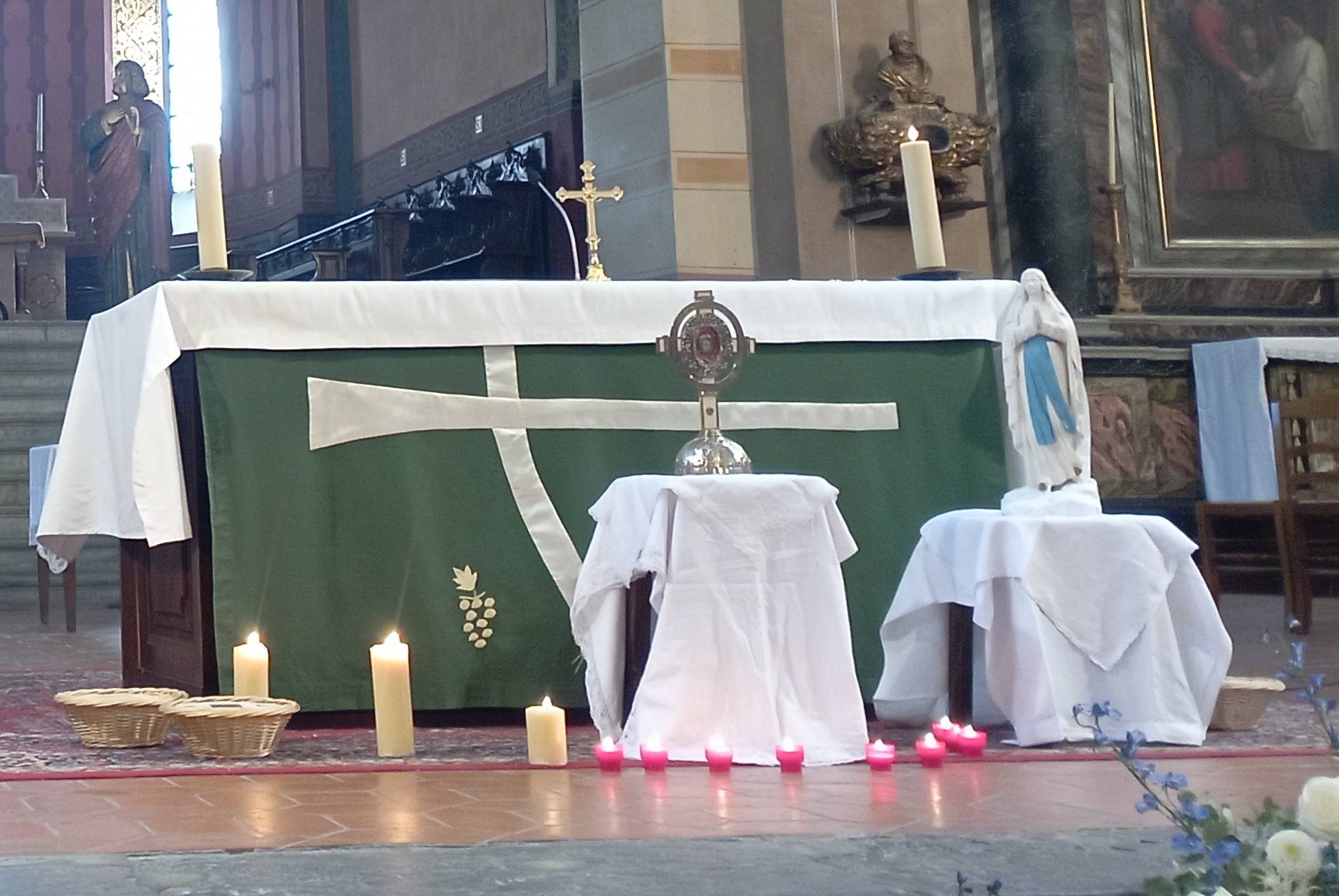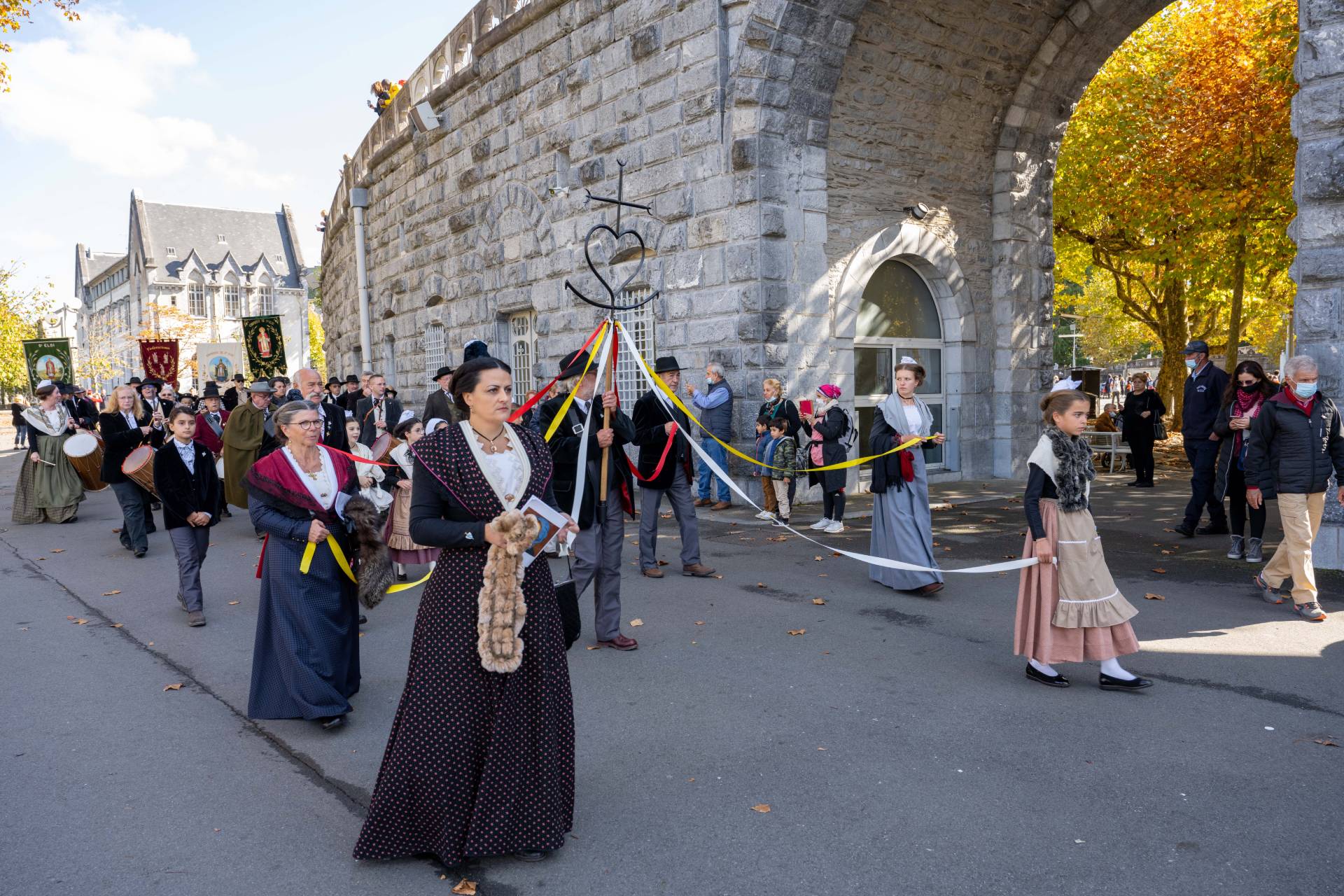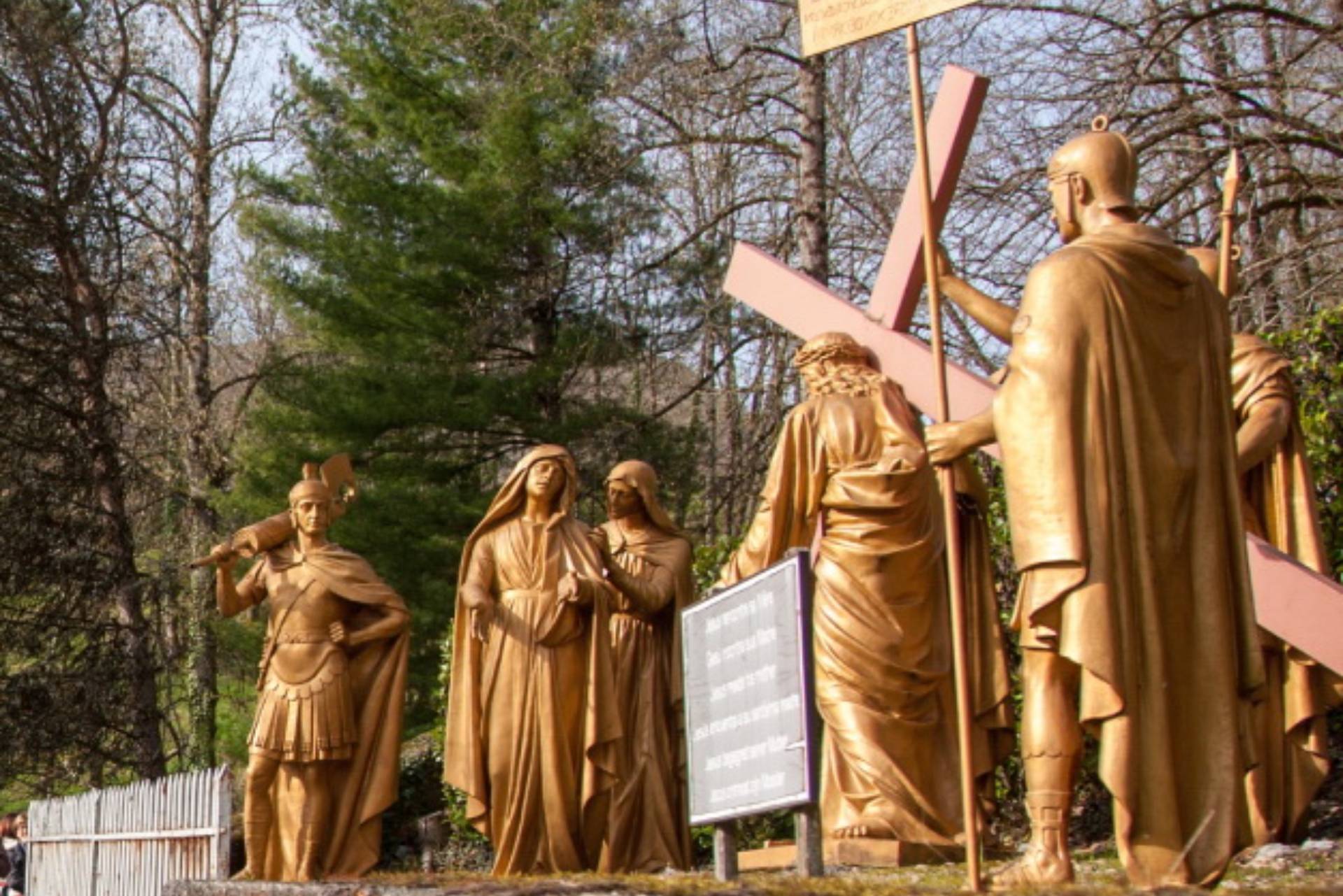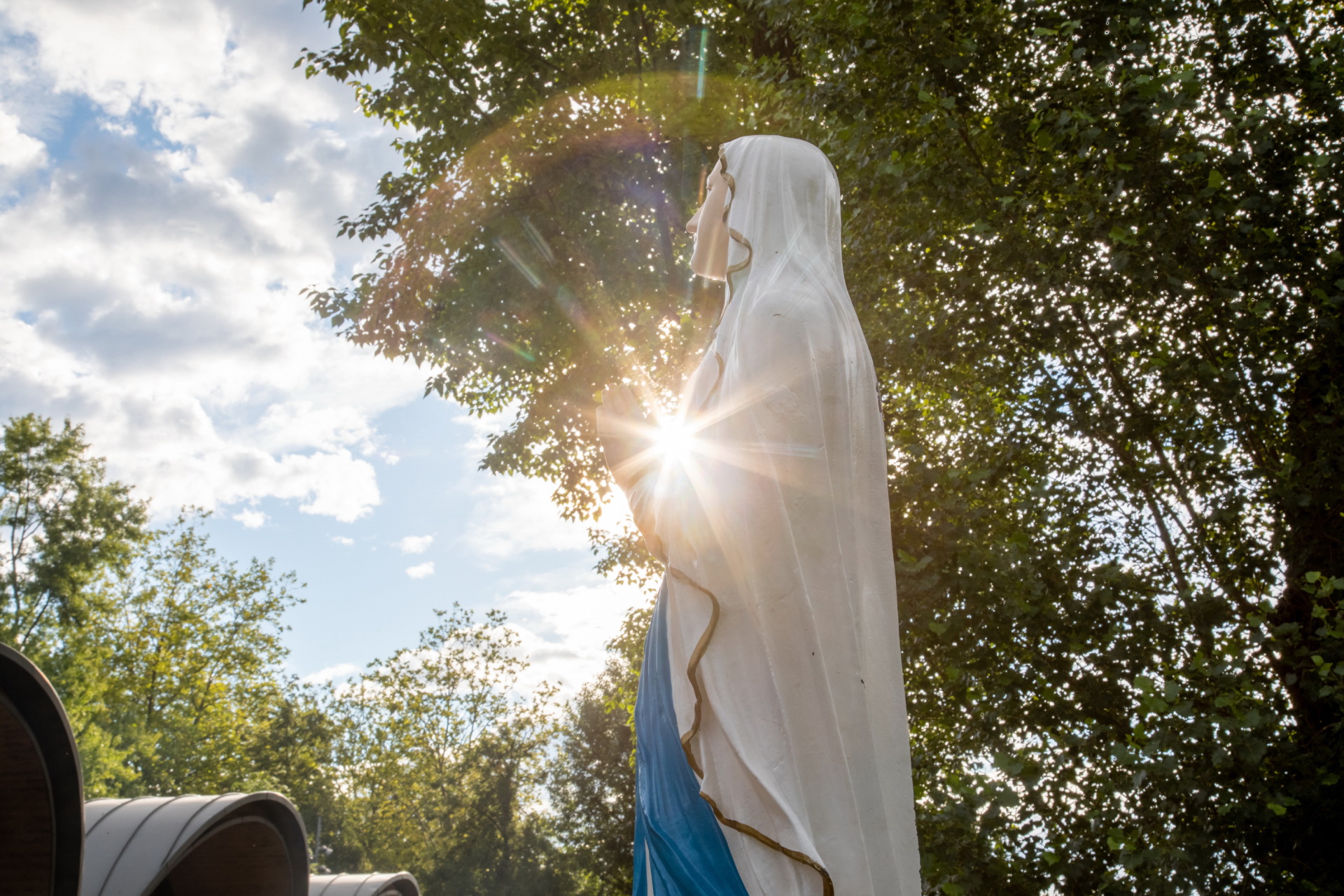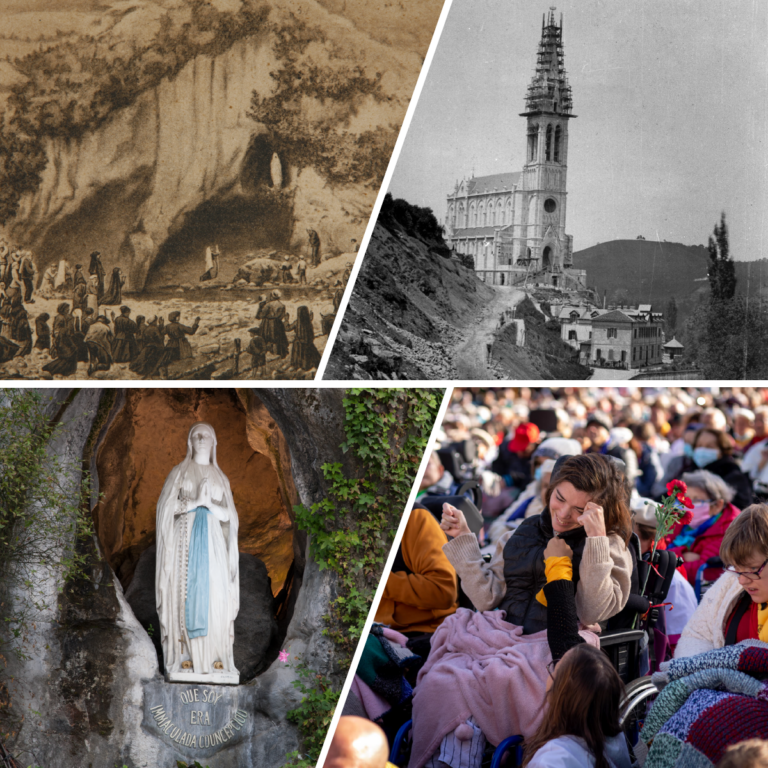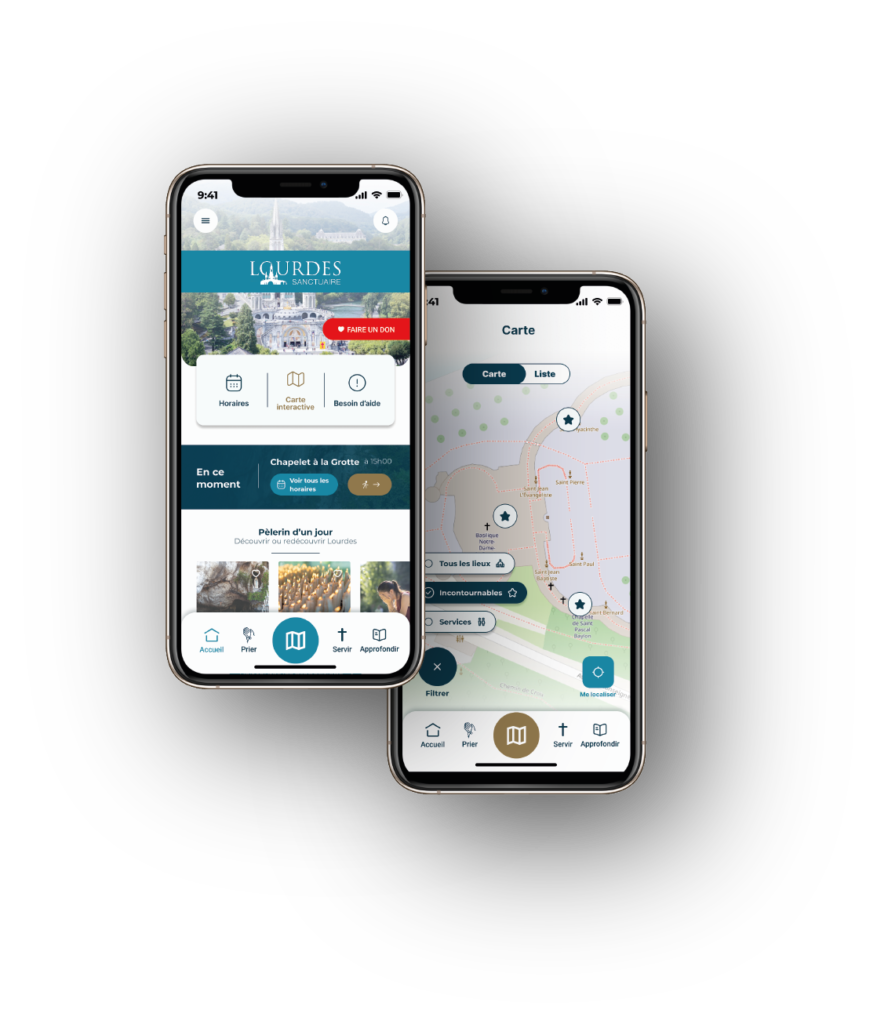Bernadette Soubirous was born on 7th January 1844 into a family of millers in Lourdes. She came from a modest background, suffered from various health problems, including asthma, and had not received a proper education, which made her testimony all the more compelling in the eyes of the authorities and the Church.
Between February and July 1858, when she was just 14 years of age, Bernadette witnessed 18 apparitions of the Virgin Mary in the grotto of Massabielle. Despite pressure from the local and religious authorities, she remained faithful to her story. On 25th February 1858, the Lady asked Bernadette to go and drink from the spring and wash herself in it, leading to the uncovering of a spring that would make Lourdes famous for its unexplained cures.
In 1866, Bernadette left Lourdes to join the convent of the Sisters of Charity in Nevers, where she lived a discreet and pious life until her death in 1879 at the age of 35. She was canonised on 8th December 1933 by Pope Pius XI to become Saint Bernadette.
While the process for her beatification and canonisation began in 1907, the body was exhumed three times, in 1909, 1919 and 1925. Each time, the body was discovered intact. Since 1925, the saint’s body has rested in a glass casket in the chapel of the former convent of Saint-Gildard in Nevers (France).
In this Jubilee Year, the Mother House of the Sisters of Nevers and Lourdes are commemorating 100 years since the beatification of Bernadette and the transfer of her body to the casket. Her body is on display for the veneration of pilgrims.
Lourdes after the apparitions
After the apparitions, Lourdes became a major pilgrimage destination. In 1862, the Catholic Church officially recognised the authenticity of the Apparitions. From then on, millions of pilgrims from all over the world began flocking to the Grotto of Massabielle. Although the ‘Lady’ who appeared to Bernadette never made any reference to the sick or to illness, people who are ill or disabled always take pride of place.
On Tuesday 2nd March 1858, in front of an ever-increasing cr
On Tuesday 2nd March 1858, in front of an ever-increasing crowd, Bernadette was told, ‘Go and tell the priests to build chapel and that people should come here in procession.’ The Sanctuary of Our Lady of Lourdes began building the chapel and has since become what it is today, comprising three basilicas, an esplanade for ceremonies, numerous prayer areas and ‘Baths’ for doing what Bernadette did when she discovered the spring: ‘drinking and washing’.
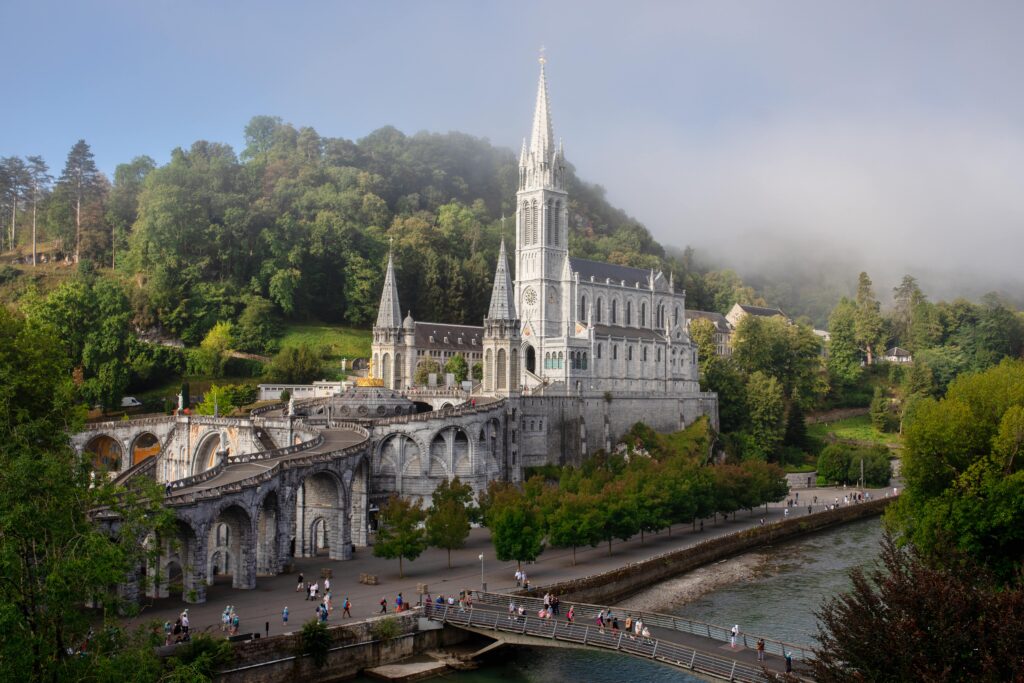
The Sanctuary of Lourdes is continuing its work of building a place of welcome for all. The Sanctuary relies solely on donations and appeals to the generosity of visitors, or to those who follow the celebrations via the internet, to continue its work of welcome and prayer.
Miraculous healings
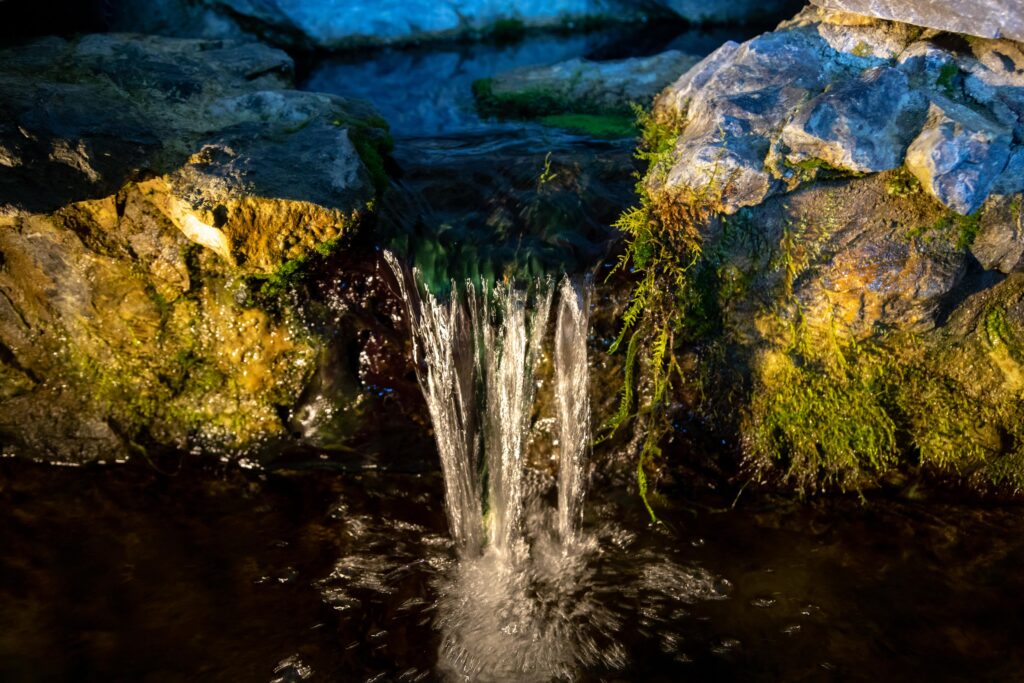
Another characteristic of Lourdes is the numerous physical and spiritual healings following the discovery of the spring in the Grotto. The water of Lourdes is associated with a number of healings.
To date, more than 71 healings have been recognised as miraculous by the Church after in-depth medical investigations. These events have enhanced Lourdes’ international reputation.
